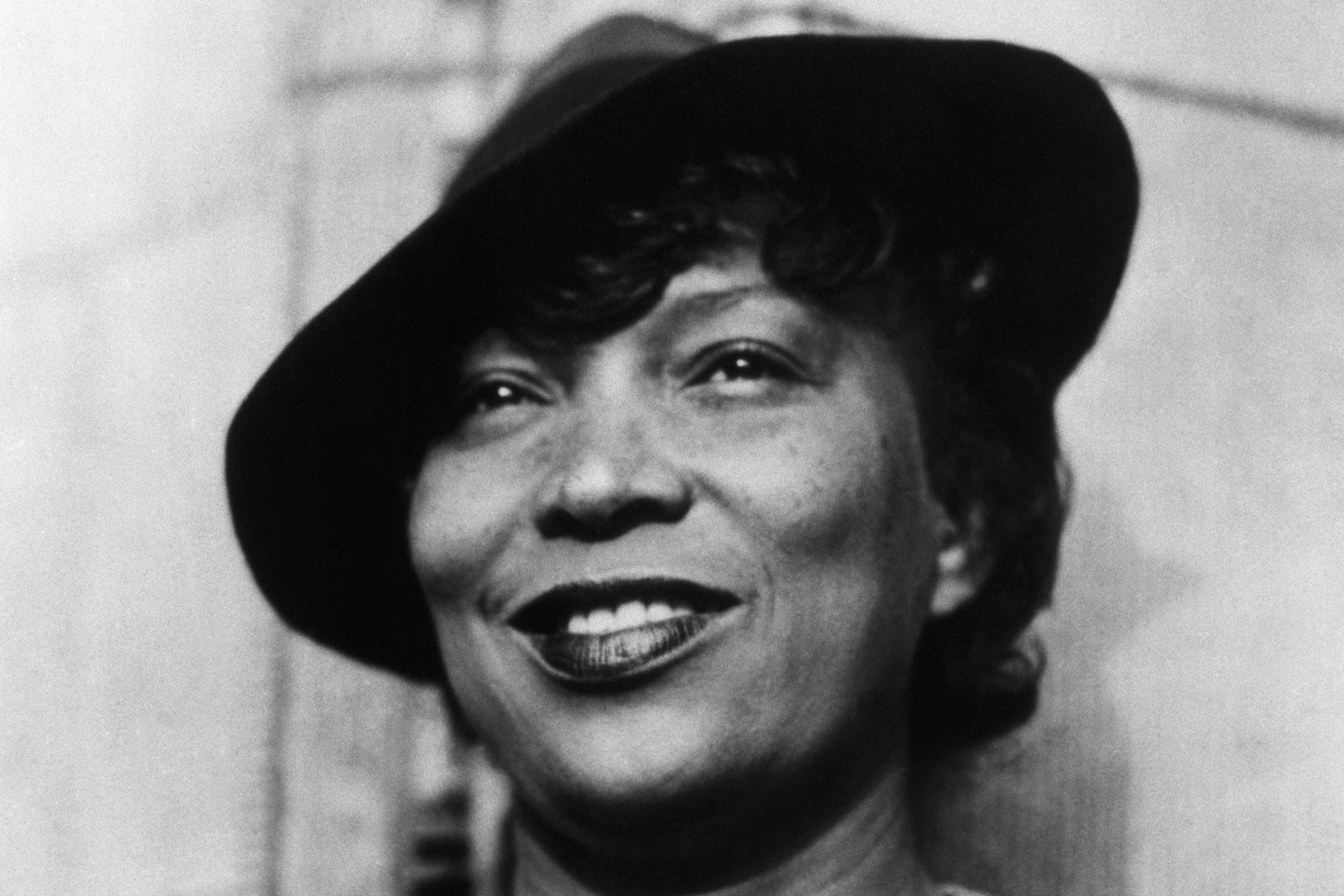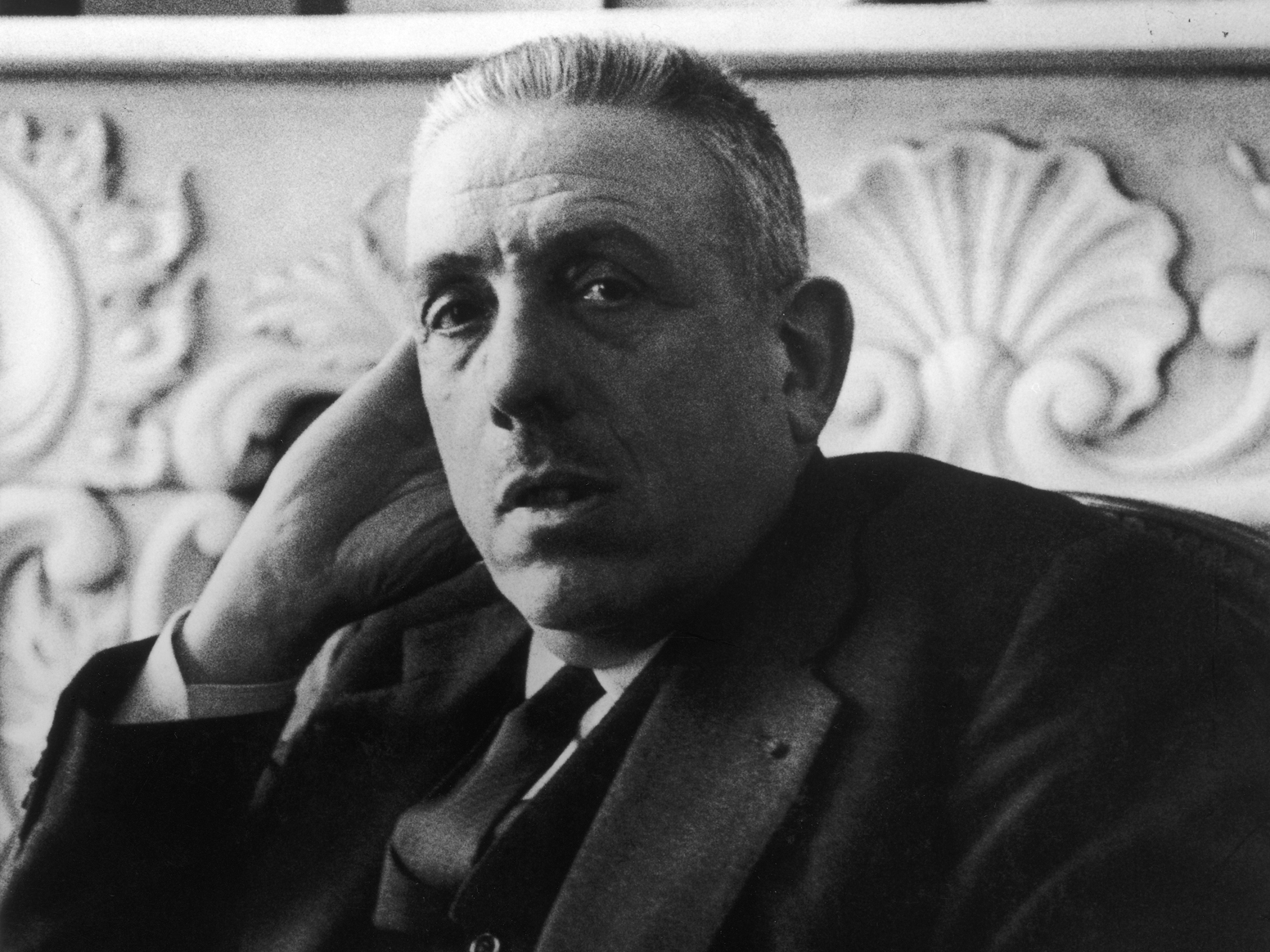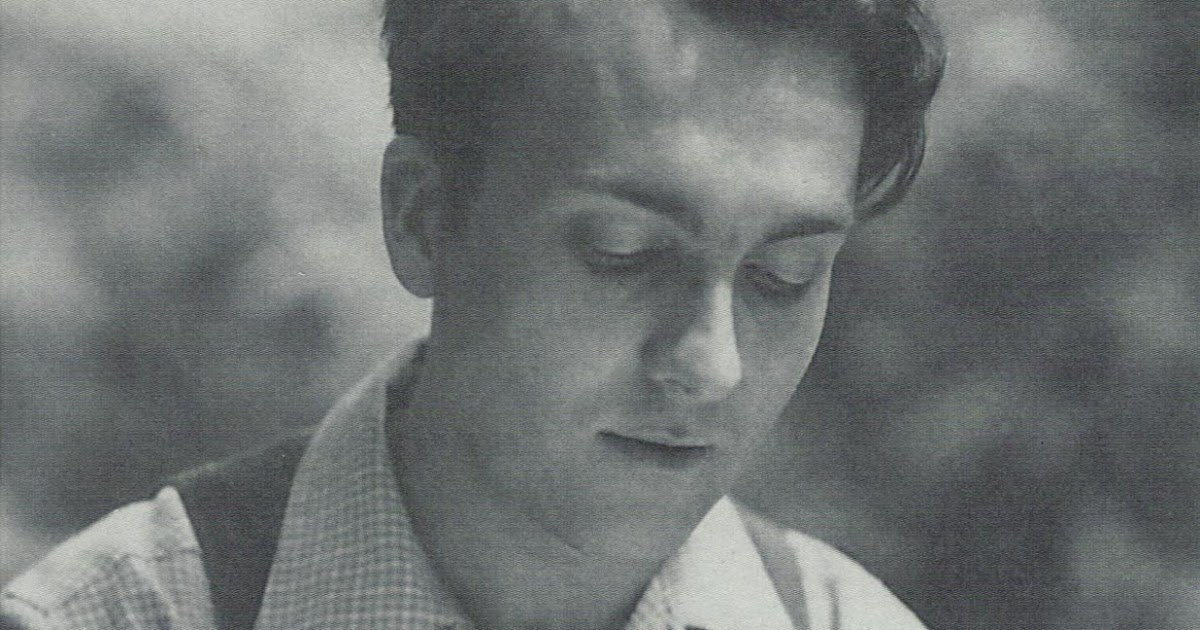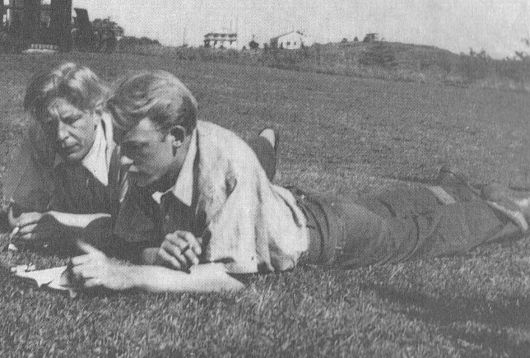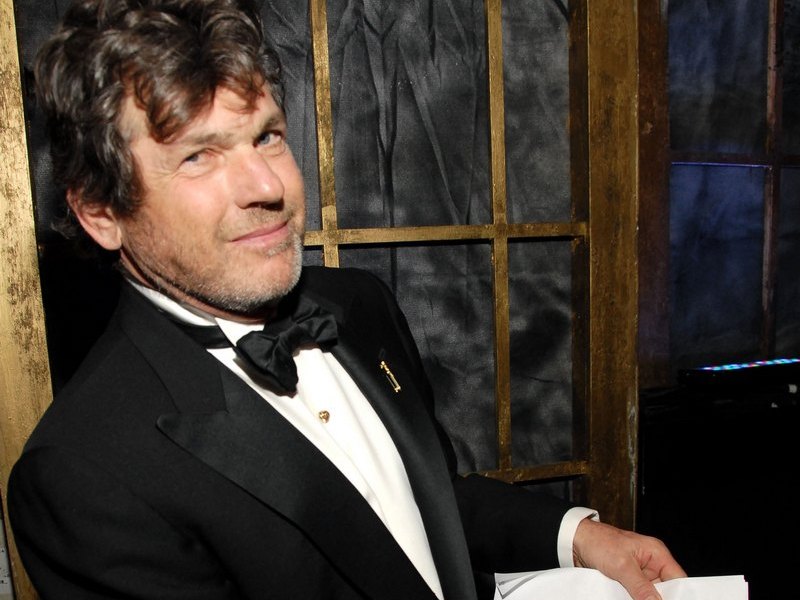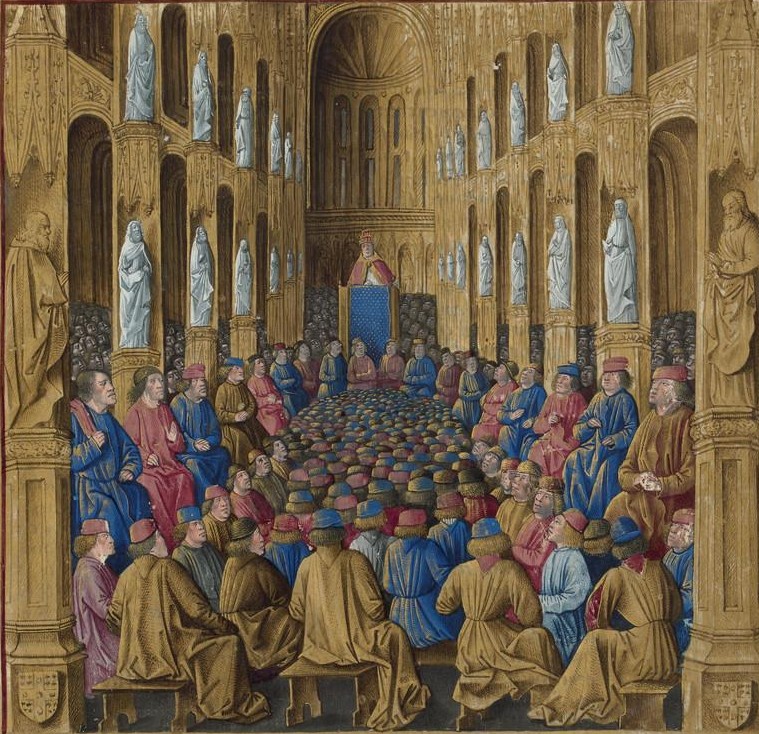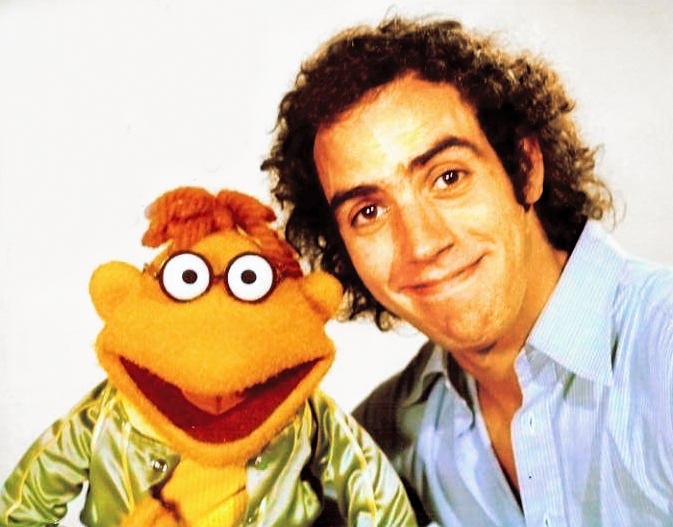January 07
On this date the great American novelist and folklorist ZORA NEALE HURSTON was born (d. 1960). An author during the time of the Harlem Renaissance, of Hurston's four novels and more than fifty published short stories, plays, and essays, she is best known for her 1937 novel Their Eyes Were Watching God.
Hurston graduated from Morgan Academy (high school division of what is now Morgan State University) in 1918. She lived in Washington, DC and attended Howard University and received her B.A. in anthropology from Barnard College, Columbia University in 1928.
Her father was a Baptist preacher, tenant farmer, and carpenter. At age three her family moved to Eatonville, Fla., the first incorporated black community in America, of which her father would become mayor. In her writings she would glorify Eatonville as a utopia where black Americans could live independent of the prejudices of white society.
A novelist, folklorist, and anthropologist, Zora Neale Hurston was the prototypical authority on black culture from the Harlem Renaissance. In this artistic movement of the 1920s black artists moved from traditional dialectical works and imitation of white writers to explore their own culture and affirm pride in their race. Zora Neale Hurston pursued this objective by combining literature with anthropology. She first gained attention with her short stories such as "John Redding Goes to Sea" and "Spunk" which appeared in black literary magazines. After several years of anthropological research financed through grants and fellowships, Zora Neale Hurston's first novel Jonah's Gourd Vine was published in 1934 to critical success. In 1935, her book Mules and Men, which investigated voodoo practices in black communities in Florida and New Orleans, also brought her kudos.
The year 1937 saw the publication of Hurston's masterwork novel Their Eyes Watching God. And the following year her travelogue and study of Caribbean voodoo Tell My Horse was published. It received mixed reviews, as did her 1939 novel Moses, Man of the Mountain. Her autobiography Dust Tracks on a Road was a commercial success in 1942, despite its overall absurdness, and her final novel Seraph on the Suwanee, published in 1948, was a critical failure.
Hurston was a utopian, who held that black Americans could attain sovereignty from white American society and all its bigotry, as proven by her hometown of Eatonville. Never in her works did she address the issue of racism of whites toward blacks, and as this became a nascent theme among black writers in the post World War II era of civil rights, Hurston's literary influence faded. She further scathed her own reputation by railing the civil rights movement and supporting ultraconservative politicians. She died in poverty and obscurity.
An article, "In Search of Zora Neale Hurston", by Alice Walker was published in the March 1975 issue of Ms. Magazine. This article revived interest in her work. The reemergence of Hurston's work coincided with the emergence of authors such as Toni Morrison, Maya Angelou, and Walker herself, whose works are centered on African American experiences and include, but do not necessarily focus upon, racial struggle.
Biographies of Hurston include Zora Neale Hurston: A Literary Biography by Robert Hemenway, Wrapped in Rainbows by Valerie Boyd, and Speak So You Can Speak Again by Hurston's niece, Lucy Anne Hurston.
FRANCIS POULENC, French composer was born (d. 1963); Poulenc was one of the first out Gay composers. His first serious relationship was with painter Richard Chanlaire to whom he dedicated his Concert champêtre: "You have changed my life, you are the sunshine of my thirty years, a reason for living and working." He also once said, "You know that I am as sincere in my faith, without any messianic screamings, as I am in my Parisian sexuality."
Poulenc also had a number of relationships with women. He fathered a daughter, Marie-Ange, although he never formally admitted that he was indeed her father. He was also a very close friend of the singer Pierre bernac for whom he wrote many songs; some sources have hinted that this long friendship had sexual undertones; however, the now-published correspondence between the two men strongly suggests that this was not the case.
Poulenc was profoundly affected by the death of friends. First came the death of the young woman he had hoped to marry, Raymonde Linossier. While Poulenc admitted to having no sexual interest in Linossier, they had been lifelong friends. Then, in 1923 he was "unable to do anything" for two days after the death from typhoid fever of his 20-year old friend, novelist Raymond Radiguet. However, two weeks later he had moved on, joking to Sergei Diaghilev at the rehearsals he was unable to leave, about helping a dancer "warm up."
In 1936, Poulenc was profoundly affected by the death of another composer, Pierre-Octave Ferroud, who was decapitated in an automobile accident in Hungary. This led him to his first visit to the shrine of the Black Virgin of Rocamadour. Here, before the statue of the Madonna with a young child on her lap, Poulenc experienced a life-changing transformation. Thereafter his work took on more religious themes, beginning with the Litanies à la vierge noire (1936). In 1949, Poulenc experienced the death of another friend, the artist Christian Bérard, for whom he composed his Stabat Mater (1950). Other sacred works from this period include the Mass in G (1937), Gloria (1959), and Sept répons des ténèbres (1961–62).
Poulenc’s most enduring work has been his opera Dialogues of the Carmelites, still done all over the country, including the Met. It is also one of the very few operas where all the main roles are done by women, and it certainly is an indicator of Poulenc’s very strong Catholic feelings.
ROBERT DUNCAN, American poet, born (d: 1988); An American poet and a student of H.D. and the Western esoteric tradition who spent most of his career in and around San Francisco. Though associated with any number of literary traditions and schools, Duncan is often identified with the New American Poetry and Black Mountain Poets.
Duncan's mature work emerged in the 1950s from within the literary context of Beat culture and today he is also identified as a key figure in the San Francisco Renaissance. Duncan’s name figures prominently in the history of pre-Stonewall Gay culture, particularly with the publication of The Homosexual in Society. While in Philadelphia, Duncan had a relationship with a male instructor he had first met in Berkeley. In 1941 he was drafted and declared his homosexuality to get discharged.
In 1943, he had his first heterosexual relationship. This ended in a short, disastrous marriage. In 1944, he published The Homosexual in Society, an essay in which he compared the plight of homosexuals with that of African Americans and Jews. The immediate consequence of this brave essay was that John Crowe Ransom refused to publish a previously accepted poem of Duncan's in Kenyon Review, thus initiating Duncan's exclusion from the mainstream of American poetry.
From 1951 until his death, he lived with the artist Jess Collins. Before then, Duncan began a relationship with Robert De Niro Sr., the father of famed actor Robert De Niro, Jr., shortly before DeNiro Sr. broke up with his wife, artist Virginia Admiral.
Duncan was the first poet to use the word “cocksucker” in print, and the first to strip to the buff during a reading. Nevertheless, he is in spirit, if not in fact, a modern romantic whose best work is instantly engaging by the standards of the purest lyrical traditions.
CHESTER KALLMAN, American poet, born (d: 1975); Born in Brooklyn. He received his B.A. at Brooklyn College and his M.A. at the University of Michigan. He published three collections of poems, Storm at Castelfranco (1956), Absent and Present (1963), and The Sense of Occasion (1971). He lived most of his adult life in New York, spending his summers in Italy from 1948 through 1957 and in Austria from 1958 through 1974. He moved his winter home from New York to Athens in 1963.
Together with his lifelong friend (and former lover) W.H. Auden, Kallman wrote the libretto for Stravinsky's The Rake’s Progress (1951). They also collaborated on two librettos for Henze, Elegy for Young Lovers (1961) and The Bassarids (1966), and on the libretto of Love's Labour's Lost (based on Shakespeare's play) for Nicolas Nabokov (1973). They also wrote a libretto "Delia, or, A Masque of Night" (1953), intended for Stravinsky, but never set to music. They were commissioned to write the lyrics for Man of La Mancha, but Kallman did no work on the project, and the producers decided against using Auden's contributions (who, incidentally, insisted that at the end of the story, Quixote renounce his vision…and then we would have never had The Impossible Dream.)
When Isherwood and Auden came to America in the late ‘30s, Kallman and fellow Brooklyn College student Harold Norse – both young, blond and handsome – attended an Isherwood/Auden reading to flirt with the celebrated writers.
Only Isherwood flirted back; Auden was near-sighted. When, two days later, 18-year-old Kallman showed up at Auden’s apartment, Auden, apprised of the young hunks by Isherwood, answered the door and exclaimed “But it’s the wrong blond!” Isherwood, it seems, had particularly hankered after Norse. Chester Kallman entered Auden’s apartment and, in a manner of speaking, didn’t leave until the great poet’s death thirty-four years later.
JANN WENNER, born on this day, is an American magazine magnate who is a co-founder of the popular culture magazine Rolling Stone, and former owner of Men's Journal magazine. He participated in the Free Speech Movement while attending the University of California, Berkeley. Wenner, with his mentor Ralph J. Gleason, co-founded Rolling Stone in 1967.
Later in his career, Wenner co-founded the Rock and Roll Hall of Fame and founded other publications. As a publisher and media figure, he has faced controversy regarding Hall of Fame eligibility favoritism, the breakdown of his relationship with gonzo journalist Hunter S. Thompson, and criticism that his magazine's reviews were biased.
In 1967, Wenner and Gleason founded Rolling Stone magazine in San Francisco. To get the magazine started, Wenner borrowed $7,500 from family members and from the family of his soon-to-be wife, Jane Schindelheim.
Throughout the 1970s and 1980s, Wenner played an integral role in popularizing writers such as Hunter S. Thompson, Ben Fong-Torres, Paul Nelson, Greil Marcus, Dave Marsh, Grover Lewis, Timothy Crouse, Timothy Ferris, Joe Klein, Cameron Crowe, Joe Eszterhas and P.J. O'Rourke. He also discovered photographer Annie Leibovitz when she was a 21-year-old San Francisco Art Institute student. Many of Wenner's proteges, such as Crowe, credit him with giving them their biggest breaks. Tom Wolfe recognized Wenner's influence in ensuring that his first novel, The Bonfire of the Vanities, was completed, stating "I was absolutely frozen with fright about getting it done and I decided to serialize it and the only editor crazy enough to do that was Jann."
In 1977, Rolling Stone shifted its base of operations from San Francisco to New York City. The magazine's circulation dipped briefly in the late 1970s and early 1980s as Rolling Stone responded slowly in covering the emergence of punk rock and again in the 1990s, when it lost ground to Spin and Blender in coverage of hip hop. Wenner hired former FHM editor Ed Needham, who was then replaced by Will Dana, to turn his flagship magazine around, and by 2006, Rolling Stone's circulation was at an all-time high of 1.5 million copies sold every fortnight. In May 2006, Rolling Stone published its 1000th edition with a holographic, 3-D cover modeled on The Beatles' Sgt. Pepper's Lonely Hearts Club Band album cover.
Wenner has been involved in the conducting and writing of many of the magazine's Rolling Stone Interviews. His interview subjects have included: Bill Clinton, Al Gore, John Kerry, and Barack Obama for the magazine during their election campaigns and in November 2005 had an interview with U2 rockstar Bono, which focused on music and politics. Wenner's interview with Bono received a National Magazine Award nomination.
Wenner founded the magazine Outside in 1977; wherein William Randolph Hearst III and Jack Ford both worked for the magazine before Wenner sold it a year later. He also briefly managed the magazine Look and, in 1993, started the magazine Family Life. In 1985, he bought a share in Us Weekly, followed by a joint purchase of the magazine with The Walt Disney Company the following year. The magazine made the transition from a monthly to a weekly in 2000. In August 2006, Wenner bought out Disney's share to consolidate 100% ownership.
From 2004 to 2006, Wenner contributed approximately $63,000 to Democratic candidates and liberal organizations.
In September 2016, Advertising Age reported that Wenner was in the process of selling a 49% stake in Rolling Stone to a company from Singapore called BandLab Technologies. The new investor would have no direct involvement in the editorial content of the magazine. In October 2016, Wenner started publishing Glixel, a video games-based website.
In the summer of 1967, after Rolling Stone started, Wenner and Jane Schindelheim were married in a small Jewish ceremony. They separated in 1995, though Jane Wenner still remains a vice president of Wenner Media. She and Wenner have three sons, Alexander Jann, Theodore "Theo" Simon, and Edward Augustus, known as Gus, head of Wenner Media's digital operations.
Since 1995, Wenner's domestic partner has been Matt Nye, a fashion designer. Together, Wenner and Nye have three children born via surrogate mothers, Noah and twins Jude and India Rose.
On this date the medieval poet BALDRIC OF DOL died (b. 1050). He was abbot of Bourgueil from 1079 to 1106, then bishop of Dol-en-Bretagne from 1107 until his death. Balderic's poetic oeuvre was written almost entirely while abbot at Bourgueil. The 256 extant poems are found almost exclusively in a single contemporary manuscript which is most likely an authorized copy. They consist of a wide range of poetic forms ranging from epitaphs, riddles and epistolary poems to longer pieces such as an interpretative defense of Greek mythology. In his collection My Dear Boy: Gay Love Letters through the Centuries, the scholar Rictor Norton publishes Baldric's many letters to male lovers.
RICHARD HUNT was an American puppeteer who died on this date (b: 1951); Hunt is best known as a Muppet performer on Sesame Street, The Muppet Show, Fraggle Rock, and other projects for The Jim Henson Company. His roles on The Muppet Show included Scooter, Statler, Janice, Beaker and Sweetums.
Hunt was born in The Bronx, New York City, The family eventually moved to Closter, New Jersey some years later.
Hunt came from a family of performers. As a student in middle school and high school, he put on puppet shows for local children, and was a fan of the then-fledgling Muppets. After high school graduation, and a four-month stint of doing weather reports at a local radio station, Hunt pursued a meeting with Jim Henson. He cold-called from a payphone and was invited to audition.
After being hired to work on Sesame Street, Hunt mostly performed background characters. One of his first major performances was as Taminella Grinderfall in The Frog Prince, physically performing the character while Jerry Juhl portrayed the voice. Hunt performed Scooter and shared Miss Piggy with Frank Oz until the final quarter of the first season of The Muppet Show.
His characters on Sesame Street included Forgetful Jones, Placido Flamingo, Don Music, Gladys the Cow, and Sully; Hunt also briefly performed Elmo before Kevin Clash was cast in that role. On Fraggle Rock, Hunt's main role was the performing the facial expressions and voice of Junior Gorg; he also performed Gunge (one of the Trash Heap's barkers) as well as several one-shot or minor characters.
Hunt also worked as a director of several home video releases such as Sing-Along, Dance-Along, Do-Along and Elmo's Sing-Along Guessing Game, as well as an episode of Fraggle Rock. Hunt was close friends with fellow puppeteer Jerry Nelson. Several of their characters were paired, such as Nelson's Floyd Pepper with Hunt's Janice; the Two-Headed Monster; and Nelson's Pa Gorg to Hunt's Junior Gorg on Fraggle Rock.
Hunt was out gay. When Rudolf Nureyev made a guest appearance on The Muppet Show, Nureyev bluntly flirted with Hunt. Star Wars' Mark Hamill told the Milwaukee Journal Sentinel during a chat in November 2003 that he became friends with Hunt during his Muppet Show appearance, and that "[Hunt] became one of the best friends my family has ever had."
In 1992, Hunt died of HIV/AIDS related complications at Cabrini Hospice in Manhattan, aged 40. He was cremated, and some of his ashes were sprinkled over the flower beds at the Hunt Family home in Closter, New Jersey. The Muppet Christmas Carol was dedicated to his memory.
Subscribe to Gay Wisdom
Would you like to have Today in Gay History (aka Gay Wisdom) sent to you daily?

